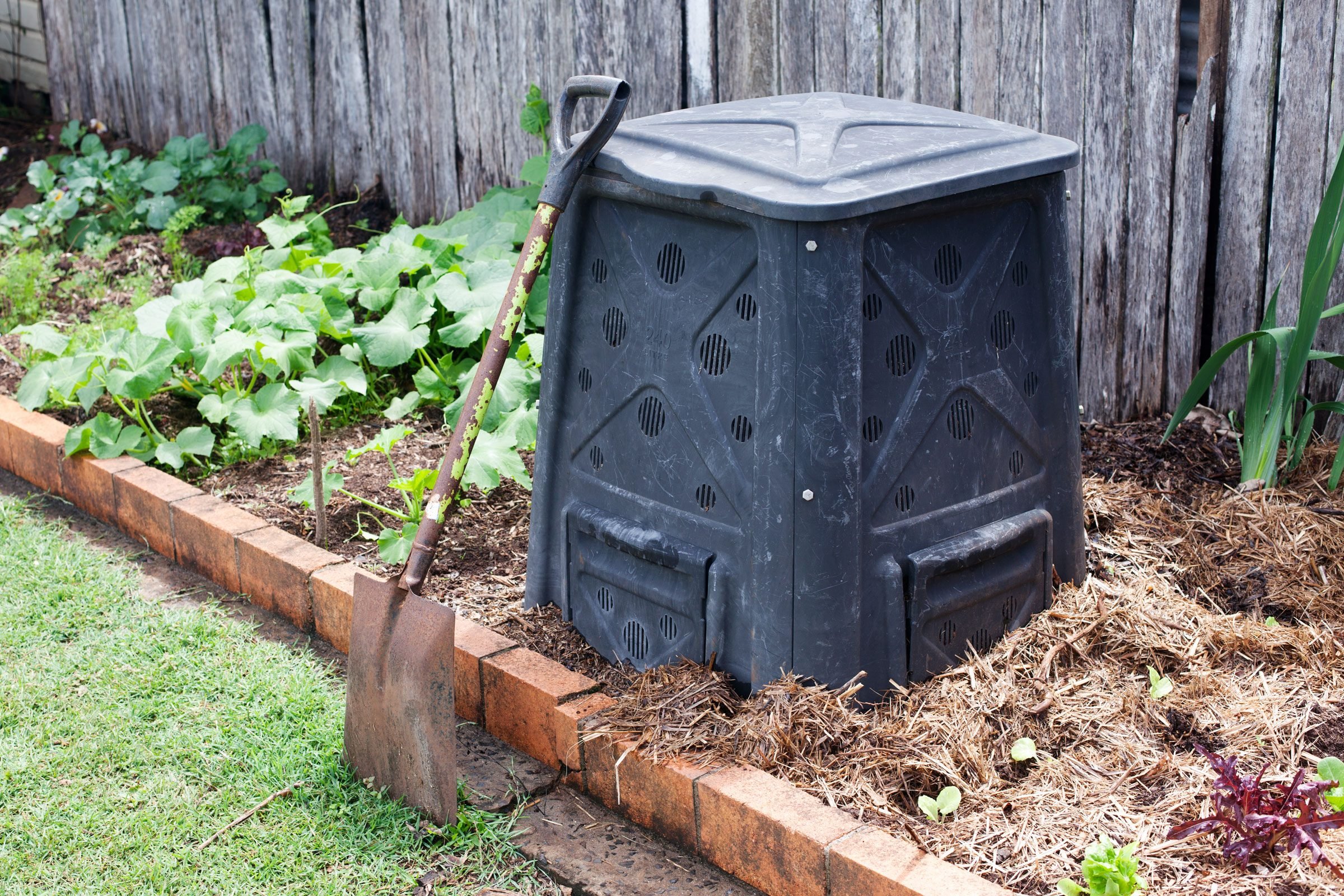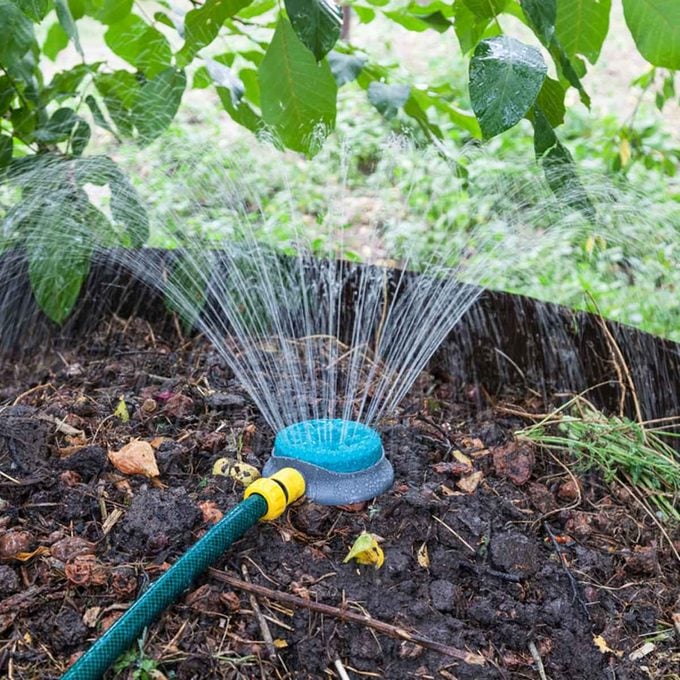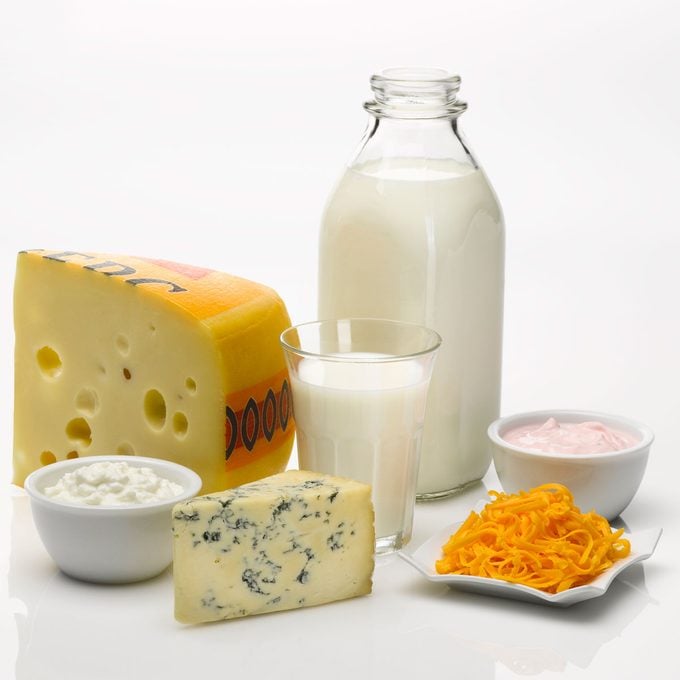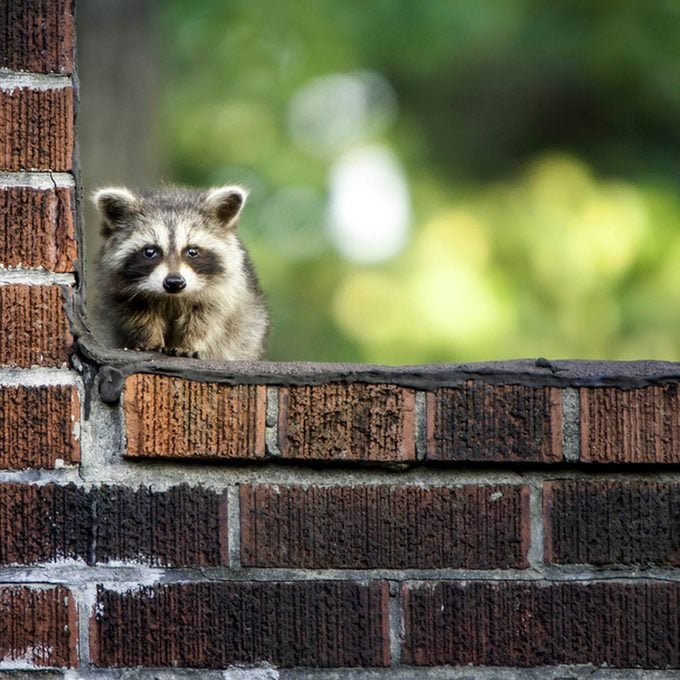Set yourself up for success by making your compost bin easy to use and simple to maintain.

How to Start a Compost Bin

Because I have a small garden, composting for me is equally about keeping waste out of the landfill as it is helping my plants thrive. While some people get super involved in balancing out pH and nutrients, I just try to keep my bin uncomplicated enough that I use it regularly.
While I’ve started many compost piles, I’m embarrassed to admit that I’ve only reaped the rewards of a few. That’s partly because I tend to relocate faster than it takes to turn kitchen scraps into compost. But it’s also because, early on, I didn’t know how to set up my compost bins correctly.
Here’s what I know now, and I wish I knew when I started composting.
On This Page
Compost Bins Size and Shape
When learning how to start a compost pile, it seems logical to just make a box and drop scraps into it. But compost piles must be turned regularly, and it’s hard to churn things up evenly in the confines of a box.
A heap with no walls, or a box with one open side, makes it a lot easier and therefore more likely you’ll actually turn it. You can DIY your own compost bin or buy one. Either way, make the box larger than you think you need. And make two of them, so one can fully decompose while you’re filling the other.
Water and Heat

Creatures break down organic materials into compost. All those microorganisms, bacteria, insects and worms need a comfortable home to do their job.
So generally, composting materials should be between 40 and 60 percent water. Too much and you’ll cut off their air supply. Too little and composting will be slow.
If your pile lacks heat, it may be too dry. If it’s slimy and stinky, it’s too wet. If you live in a dry climate, you’ll need to water. If you live in a wet one, you might need to cover it or install chicken wire sides to help it drain.
Things That Don’t Break Down in Compost Bins
When your pile is nearly composted, you’ll always find a few annoying pieces that haven’t. Avocado pits, branches, cloth. It doesn’t mean you shouldn’t put them in. But it helps to chop them up into smaller bits first so they’re more likely to break down.
Except avocado pits, I’m not sure how you go about chopping those up, so maybe it’s best to plant them in water and try to grow more avocado trees.
Too Much of One Thing
Compost piles thrive on variety, so avoid large lumps of grass clippings, leaves, straw or sawdust. Instead, add amounts slowly, mixed with one another plus food scraps.
Harmful Ingredients

Our world is pretty toxic these days, in ways we often don’t realize. For one, a lot of our clothing is plastic. Not only should that not go in the compost pile, but probably neither should our dryer lint and vacuum debris, which contain microplastics. Some tea bags even contain plastic.
Now that you know, it’s probably time to do your health the same favor as your compost pile — seek out non-synthetic brands for steeping your beverages.
Other ingredients to keep out of your pile include grass clippings and weeds that might have weed killer or pesticides on them. Same with carnivore feces from dogs, cats and humans, which can harbor parasites and dangerous bacteria. The Environmental Protection Agency (EPA) recommends against putting meat and dairy in as well, though many gardeners tout ways to do it safely.
Weeds, Animals and Insects

Chances are your compost pile won’t get hot enough to sterilize seeds. So what goes in may very well end up as a volunteer plant in your garden. That’s fun if it’s tomatoes or peppers, not so much if it’s weeds.
Seeds can come from weeds you put into the pile, or manure from cows. If you pull up weeds that are seeding, you can still put them in the compost. Just remove and discard the seeds first.
Some food-scrap additions can also be annoying because of the insects and animals they attract. If you’re prone to unwanted visitors, install the pile a good distance from your house, turn it daily and regularly add wood chips or sawdust on top. Also cover new food scraps with cardboard or straw.




















